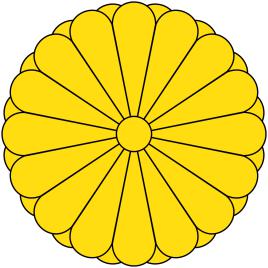

Japan (English: Japan), the full name of Japan, located in the east of Asia and the northwest of the Pacific Ocean. The name of the country means "the country of sunrise". Its territory is composed of four islands including Honshu, Shikoku, Kyushu, Hokkaido and more than 7200 small islands, with a total area of 378000 square kilometers. The main ethnic group is Hezu, which is widely used in Japanese, with a total population of about 126 million.
In the middle of the third century, "Dahe state" appeared in its territory. In 645, Japan learned from China's Tang Dynasty and carried out great reform. In the late 12th century, the shogunate era entered. In 1868, Japan learned from the European and American powers and carried out Meiji Restoration, which quickly ranked among the capitalist powers, and gradually embarked on the road of aggression and expansion militarism. It had invaded China, North Korea and other Asian countries many times. After Japan surrendered in World War II, the United States sent troops to occupy Japan. In 1947, a new constitution was promulgated, which changed from a Mikado state to a parliamentary cabinet state with the emperor as the national symbol. After the war, Japan pursued the line of "emphasizing economy and neglecting armaments", and became the largest economic power in the Far East in the late 1960s. Since the 1990s, its economy has fallen into a long-term downturn, and faced with severe social problems such as aging and fewer children. However, it is still the third largest economy in the world after the United States and China.
Japan is a highly developed capitalist country. Its resources are scarce and extremely dependent on imports. The highly developed manufacturing industry is the main pillar of its national economy. Strong scientific research and development capacity with a large number of multinational companies and scientific research institutions. The annual scientific research expenditure accounts for 3.1% of the national GDP, which ranks first in the developed countries. In addition, the cultural industry led by ACG industry and the developed tourism industry are also its important symbols, which still well preserves the traditional Japanese culture represented by tea ceremony, flower ceremony and calligraphy ceremony up to now.
